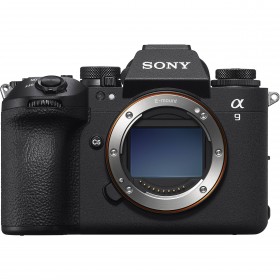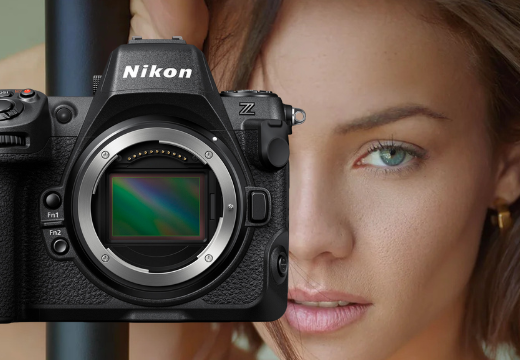Shopping Cart
Sony A9 III - Mirrorless Camera Body
SONYA9III-ILCE-9M3
Dive into the heart of photographic excellence with the Sony A9 III, the jewel of the Sony Alpha range. This full-frame mirrorless masterpiece, designed for professionals, combines speed, precision, and creativity with its global electronic shutter and burst shooting at 120 fps. Its advanced autofocus technology, powered by artificial intelligence,...
IN STOCK
€4,693.00
€4,940.00









